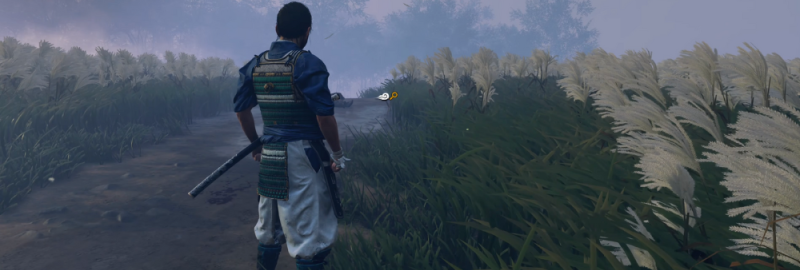
Video games teleport us to diverse landscapes, from wild fantasy realms to historically real locations. Ghost of Tsushima, an exceptionally immersive game, serves as an intriguing blend of factual history and narrative storytelling. This game, crafted by Sucker Punch Productions, unfolds a thrilling adventure set in the time of the 13th century on the exotic island of Tsushima amidst the initial Mongolian attacks on Japan. In this article, we're going to unpack the true historical value that lies within the atmospheric Ghost of Tsushima's adaptations.
Getting to Know Tsushima Island
Located strategically between the region of Japan and Korea, Tsushima is more than just an island. It is a captivating haven of amazing natural landscapes. The picturesque vista spans from lush hills, sprawling forests, and tranquil streams to serene shorelines. Each corner of this island brims with natural beauty, presenting nothing short of a visual delight for its inhabitants and visitors alike.
But Tsushima isn't merely a gem in terms of its stunning natural beauty. The island is enriched with a tapestry of historiLet'svents that tell tales of times gone by. It's a place where history resonates from every nook and corner.
Tsushima has been noted in past chronicles as a flourishing habitation dating back to a bygone epoch in Japanese history, designed as the Yayoi era. This period, spanning 300 BC to 30 it's, ushered in a transformative phase in Japanese social hierarchy due to the emergence of revolutionary technologies such as farming and metallurgy. Being an integrTsushima'snt of this developing society, Tsushima's continuous habitation has persisted since those formative years.
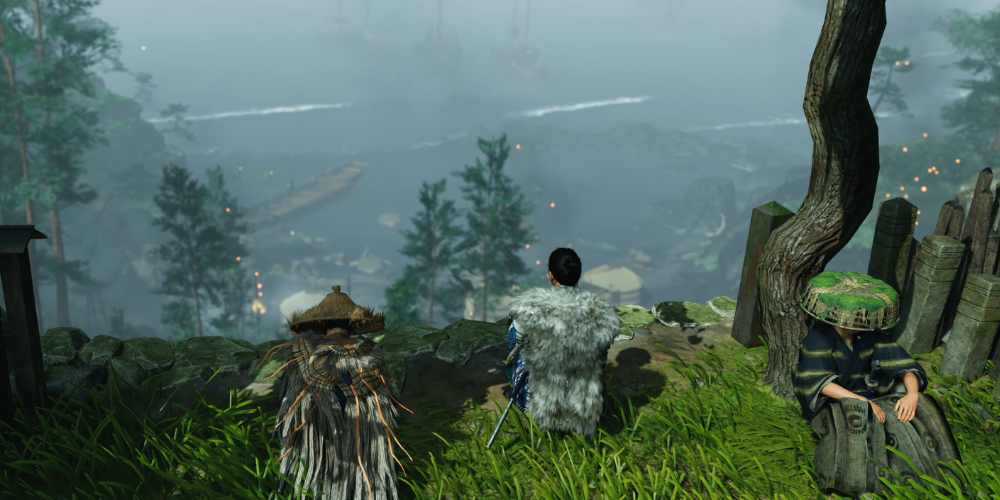
The Historical depth of Tsushima Island, however, comes to the fore with its tryst with one of Japan's most critical events – the Mongol invasions. With the mighty Mongol empire setting its sights on Japan, Tsushima bore the brunt as a frontline defense. These invasions drastically shaped Tsushima's history, casting long shadows on its cultural, social, and political fabric.
In the game Ghost of Tsushima, this historical event forms the primary backdrop of its narrative. The character of Samurai Jin Sakai, the game's protagonist, navigating the Mongol-besieged Tsushima is a testament to this tumultuous period in the island's history.
Major Locations in Ghost of Tsushima
The topographies in this action-adventure game are closely replicated, re'lectingShrines'a Island'game'sing landscapes. Let's take a historical glance at these magnificent locations:
1. Komoda Beach
In Ghost of Tsushima, the Mongol invasion initiates at Komoda Beach. The location is densely forested in realism, a striking contrast to the game's meticulously curated battlefield interpretation. However, it's essential to note that historical records suggest that this was indeed the focal point of the island's landing.
2. Castle Kaneda
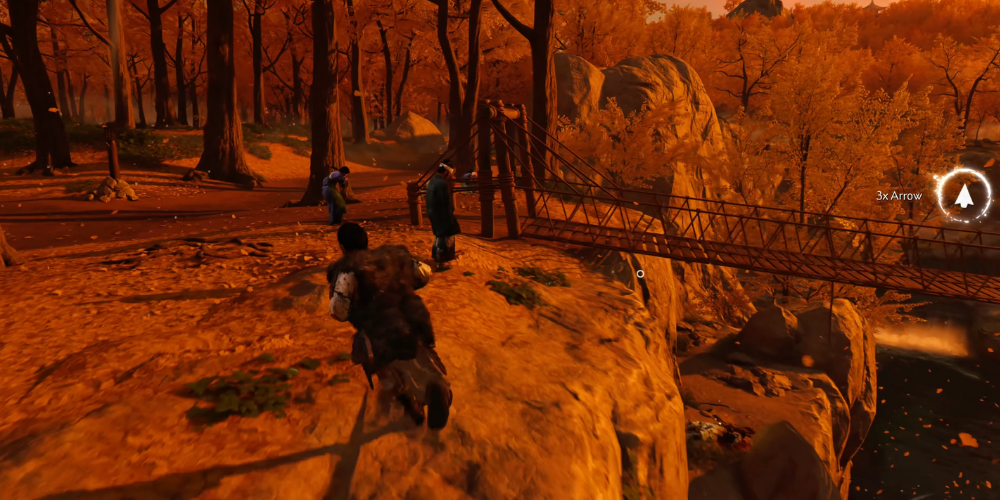
Castle Kaneda is Tsushima's primary fortress, a pivotal location in the storyline of the game. In historical accounts, Kaneda castle was one of Tsushima's two chief bases, the other being Izuhara, which safeguarded the island from invasions. However, the two castles were not located as shown in the game due to representation constraints.
3. Golden Temple
An epitome of serenity, the Golden Temple in the game mirrors Zen temples and shrines scattered across Japan. While there isn't a specific Golden Temple on Tsushima Island, the architecture draws inspiration from Kinkaku-ji, a Zen Buddhist temple in Kyoto known for its gold-leaf-covered exterior.
Intricacies and Artistry of the Game
The developers of Ghost of Tsushima made a commendable effort to invoke the essence of Japan's rich cultural integrity meticulously. While doing so, they didn't limit themselves to rendering accurate, breathtaking landscapes; the cultural representation weaves the very fabric of the game, enriching its narrative with historical credibility and emotional depth.
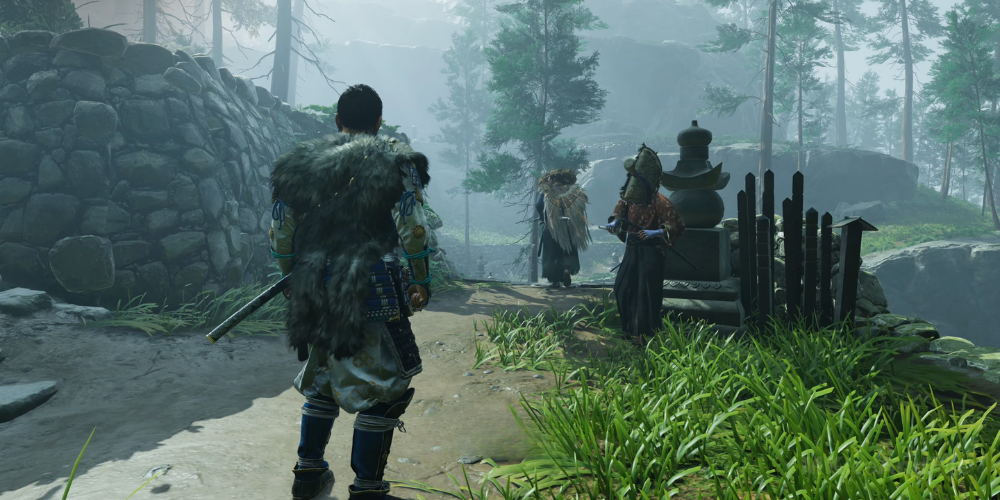
The game introduces us to 'Haiku moments' – serene sequences where the protagonist, Jin Sakai, composes traditional Japanese Haikus in the midst of the ravages of war. These poetry-inspired vignettes are more than just creative expressions; they are thoughtfully integrated into the progression of the game. They contribute to enriching character development, create poignant breaks in the battle-induced adrenaline rushes, and bring players closer to the philosophical and poetic side of Samurai culture.
As we tread on Tsushima's recreated soils, 'Shinto Shrines' catch our eye. This isn't a mere coincidence. The developers have carefully designed these shrines as integral parts of the game's environment. The shrines echo Shintoism's reverence towards nature and ancestral spirits, closely mirroring the humble Tibetan Buddhism ethos. These elements offer immersive gameplay experiences, inviting players to understand and respect the profundity of Shinto rituals and traditions.
The game also brings to light the 'Way of the Samurai,' a warrior lifestyle committed to honor, loyalty, and the art of fighting. This emphasis is not just confined to the protagonist's combat style but extends to the exploration of the Samurai's code of ethics, which governs their life and death. Sucker Punch Productions has meticulously incorporated this ethos in the game, hence enabling gamers to experience first-hand the discipline and devotion-infused life of a Samurai.
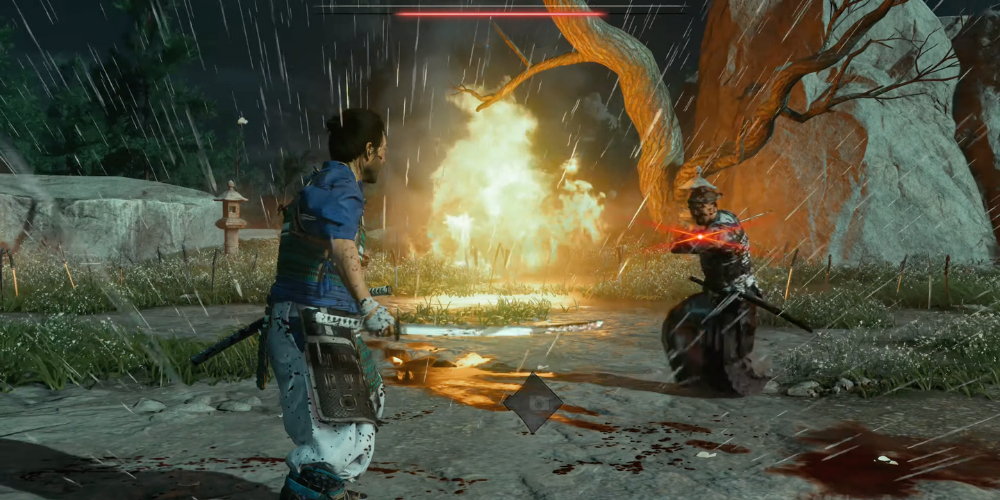
In essence, the elements of Japanese cultural integrity - be it the poetry-driven 'Haiku moments,' the emblematic 'Shinto Shrines', or the 'Way of the Samurai' are not just estranged features peppered onto the game. They are organically woven elements that breathe life into every game scene, transforming it into an authentic cultural exploration.
Reflections and Resonations
When playing Ghost of Tsushima, keep in mind that Tsushima isn't a place of fiction; it's an island with a profound history, resilient people, and glorious landscapes. The game might not reflect factual accuracy entirely, but it serves as an ode to the island's majesty, a tribute to its rich culture, and a glorious reminiscent of its historical significance.
Conclusion
Ghost of Tsushima truly transcends the boundaries of digital entertainment, fostering an adventure much bigger— a historical exploration, a cultural journey, and a salute to a pivotal era in Japanese history. By combining historical elements with engaging gameplay and compelling narratives, it stands as an entrancing blend of fantasy and reality. Hence, as you wander around in this vividly re-imagined Tsushima, savor the delights of deeper meanings, historical hints, and cultural threads that the game seamlessly stitches into its plot.